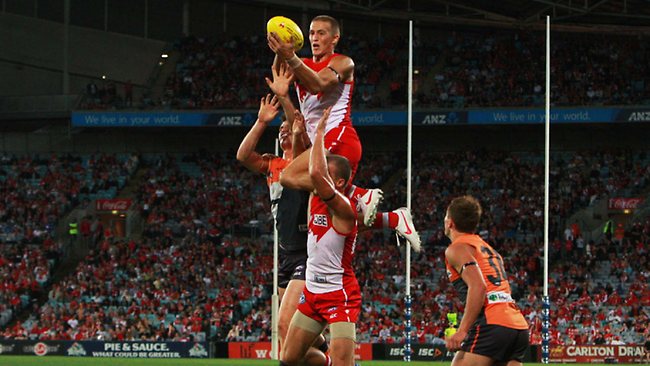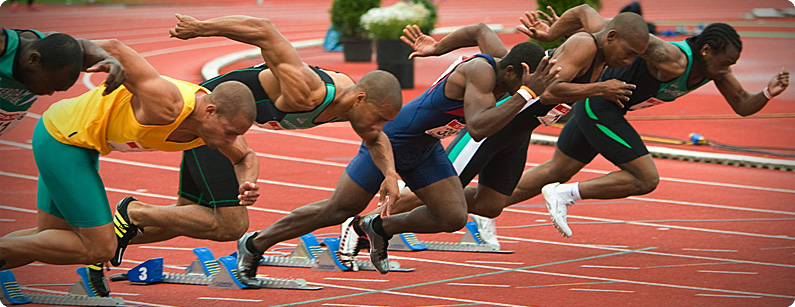The performance and fitness needs considered when planning for improved performance are both sport and athlete specific. They are sport specific because the components of fitness should be relevant to the sport, and the performance requirements identify the skills and other components used in the sport needing development. They must be athlete specific so that each individual athlete improves for their specific role in competition and meet their own specific goals and starting points.
Sport specific performance and fitness needs
The athlete’s sport should be broke down into its various components and the key components of fitness identified in order to become the focus in planning. Both the skill and health related components of fitness should be identified, so that training can focus on those most relevant to the sport. For example, a triathlete would need to focus on their cardiovascular fitness, while a 100m sprinter should focus on reaction time and power.
In team sports, the sport specific performance and fitness needs are essentially the performance and fitness needs of the team. So that an AFL team will all need good cardiovascular endurance, power, muscular endurance, coordination. The team will also have performance needs such as the ability to tackle well, kick accurately, and communicate effectively. These are all team performance and fitness needs.
In addition to these, other team performance needs include: tactics and strategy, leadership roles, training days, team goals, etc.
Athlete specific performance and fitness needs
Each athlete begins the training year with their own levels of fitness, injuries, and goals for the season. Individuals also have different roles in the teams strategies and tactics, as they often specialise in particular positions within the team. For example, a football striker needs to be fast, and fit, as well as co-ordinated. They need to have very accurate shooting skills and an ability to create space and make well timed runs that provide opportunities to score. A centre back, on the other hand, does not need to have the same accuracy in shooting or the ability to make well timed runs. They need to be able to predict athlete’s movements, make effective tackles and perform accurate and effective passes.
Individual athletes will also have their own starting points and need to overcome their own injuries. They will have their own goals and methods of competition preparation. These are additional performance and fitness needs as the individual needs to ensure they regain any lost fitness and redevelop their performance needs. Individuals needs will also vary according to the athlete’s age and sex.
Elite and recreational/amateur differences
Elite athletes will have much more detailed and higher level performance and fitness needs. They will complete a wider range of fitness and performance tests in order to determine their performance and fitness needs, which will require them to be at higher fitness and performance levels. For example, the elite athlete playing AFL may need to complete level 20 in the beep test and be able to take marks under pressure from opposition.
The recreational/amateur participant would not complete as many tests and would often have more general low level performance and fitness needs compared to the elite athlete. For example, they may need to only achieve level 8 in a beep test, and want to work on their ability to catch and kick a ball with no pressure. They may only need to perform for 15 minutes and be happy to be regularly substituted off the field. Their goals may be to develop relationships and learn everyones name, rather than be performance focused. Recreational/amateur participants would also not have detailed goals, broken down into sub goals.


